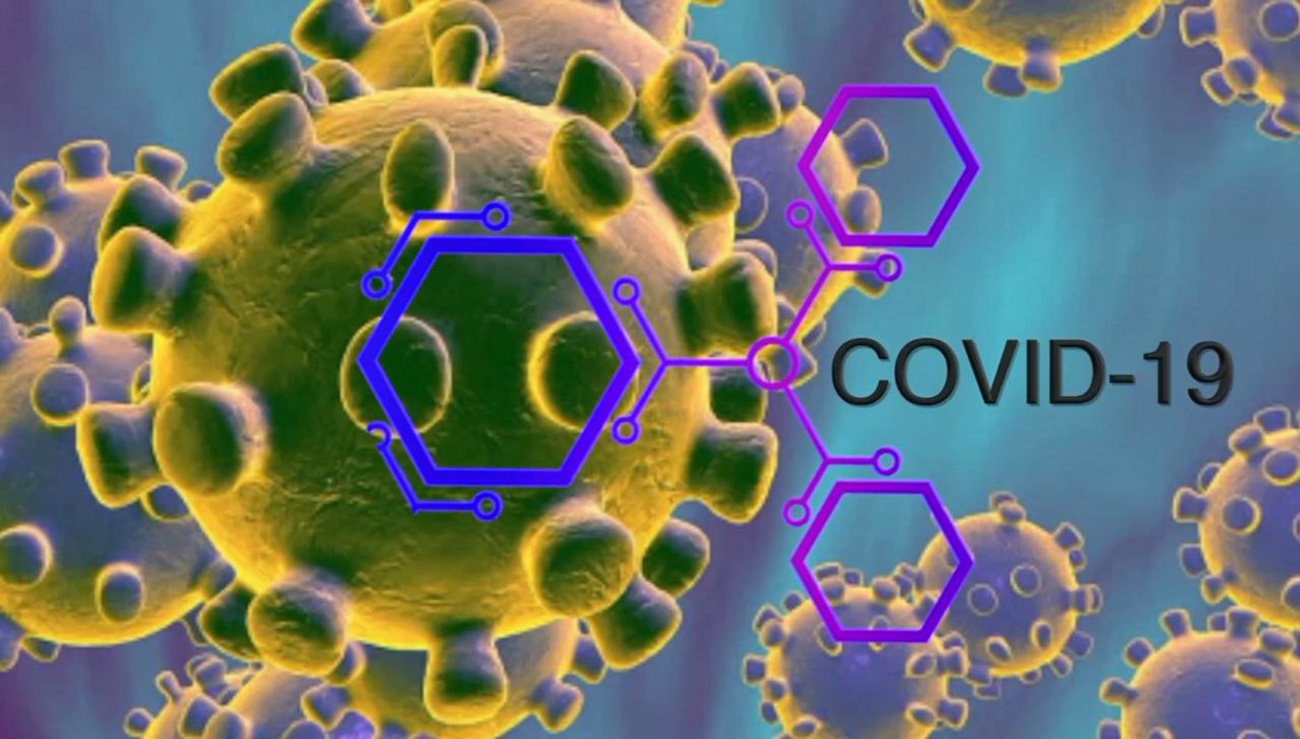
Trend of Mortality by Water Related Intestinal infectious Diseases: A Study of National Capital Territory of Delhi, (2001 to 2011)
National Capital Territory (NCT) of Delhi is experiencing rapid urbanization for the last few decades. The area is lagging behind in water and waste management infrastructure. This is due to the fact that Delhi is recording high growth rate of population mostly through in-migration over the year which is taxing much upon the existing water resources and the provisions made for water supply. Consequently demand is higher than supply of the safe drinking water. The consumption of unsafe drinking water is therefore increasing and is causing serious health problems among the fellow residents of NCT of Delhi. These health problems are basically related to the digestive as well as excretory systems of the human body. These disorders are promoting mortality particularly among those segments of population which do not have access to potable drinking water. This paper is therefore a modest attempt towards examining the population growth rate and the scenarios of demand and supply for potable water as well as the overall water related intestinal infections and related mortality at present and their future occurrence. This requires synergy between the different sectors of the state to overcome the problem. of intestinal infection diseases in the region.
Author(s):
- Swati Bidhuri, Mohd Mazhar Ali Khan, Divya Rani Vaishnav and Faizan sarwar, Department of Geography, Jamia Millia Islamia, Jamia Nagar, New Delhi-110025, India
- Tanveer Ahmad, Faculty of Dentistry, Jamia Millia Islamia, Jamia Nagar, New Delhi-110025, India
Keywords:
Mortality, Water demand and supply, Migration, Population growth
URL:
References:
Al-Khatib, I., Kamal, S., Taha, B., Al Hamad, J., & Jaber, H. (2003). Water health relationships in developing countries: A case study in Tulkarem district in Palestine. International Journal of Environmental Health Research, 13(2), 199-206. https://doi.org/10.1080/0960312031000098099
Chandramouli, C., & General, R. (2011). Census of India 2011. Provisional Population Totals. New Delhi: Government of India.
CPCB, 2000. Status of water quality of river Yamuna and drains adjoining river Yamuna in Delhi. Information submitted to the Hon’ble Supreme Court.
Directorate of Census Operations, NCTof Delhi (2011). Village and town wise primary census abstract (PCA). New Delhi: Government of India.
Edition, F. (2011). Guidelines for drinking-water quality. WHO chronicle, 38(4), 104-108.
Ford, A., & Ford, F.A. (1999). Modeling the environment: an introduction to system dynamics models of environmental systems. Island press. Washington DC.
Central Pollution Control Board. Guide Manual: Water and Waste Water. New Delhi. Retrieved from http://www.cpcb.nic.in/upload/Latest/Latest_67_guidemanualw&wwanalysis.pdf
Hunter, P.R., Waite, M., & Ronchi, E. (2002). Drinking water and infectious disease: establishing the links. CRC Press. https://doi.org/10.1201/9781420040524
Joshi, V. (2011). Census of India 2011, Provisional Population Totals, NCT of Delhi.
Maria, A. (2008). Urban water crisis in Delhi. Stakeholders Responses and Potential Scenarios of Evolution. Idees Pour le Debat, 6, 1-23.
Morrison, J., Morikawa, M., Murphy, M., & Schulte, P. (2009). Water Scarcity & Climate Change: Growing Risks for Businesses & Investors. Ceres: Boston.
Nallathiga, R. (2009). An assessment of the willingness to pay for reliable water supply in NCT-Delhi. Water Policy, 11(3), 320-329. https://doi.org/10.2166/wp.2009.039
Government of India (2008). Report on Medical Certification of Cause of Death. Retrieved from https://censusindia.gov.in/2011-Documents/mccd_Report1/Report%20on%20Medical%20Certification%202.pdf
Stanwell-Smith, R. Classification of Water-Related Diseases. Water and Health, 1.
Toranzos, G. A., & McFeters, G. A. (1997). Detection of indicator microorganisms in environmental freshwaters and drinking waters. In. Hurst, C.J., Knudsen, G.R., McInerney, M.J., Stretzenbach, L.D. & Walter M.V. (Eds.), Manual of Environmental Microbiology (pp. 184-194). ASM Press, Washington, DC.
Upadhyay, R., Dasgupta, N., Hasan, A., & Upadhyay, S. K. (2011). Managing water quality of River Yamuna in NCR Delhi. Physics and Chemistry of the Earth, Parts A/B/C, 36(9-11), 372-378. https://doi.org/10.1016/j.pce.2010.03.018
World Health Organization (WHO) & UNICEF (2000). Global water supply and sanitation assessment 2000 report. World Health Organization (WHO).
World Health Organization, & UNICEF. (2013). Progress on sanitation and drinking water-2013 update.
WWAP, U. (2015). The United Nations world water development report 2015: water for a sustainable world. United Nations World Water Assessment Programme.




